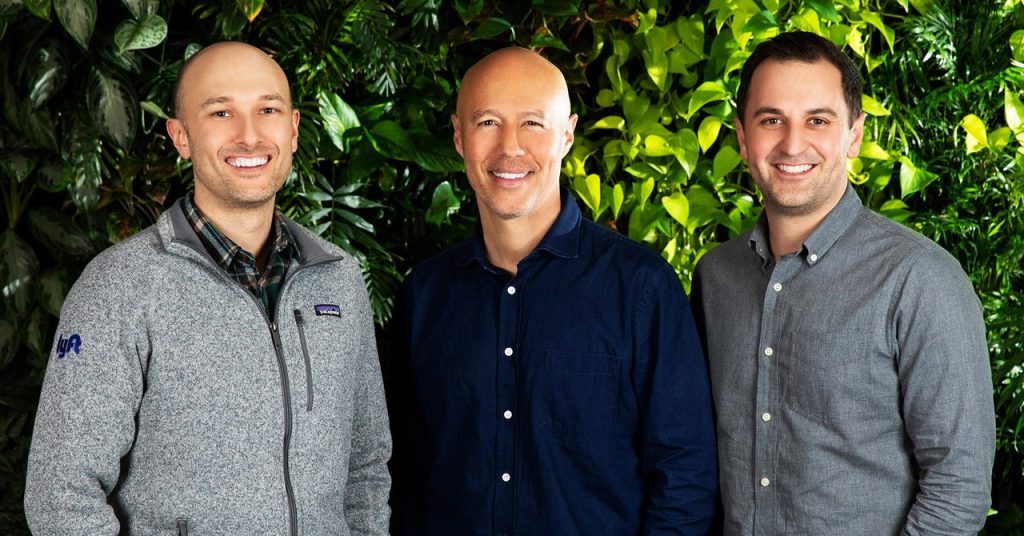
Meanwhile, ride-hailing seems to have actually increased traffic in cities. And that killing car ownership thing? Just a few months ago, Lyft rolled out services to help car owners book parking and vehicle maintenance. How Lyft fits into anyone’s urban planning syllabus is less clear-cut than Zimmer might have hoped.
When I spoke last week to Risher, Lyft’s new CEO, it was clear the vibes-based strategy has given way to the realities of turning a failing enterprise around. Gone were some of the glossier marketing concepts; in were the brass tacks. “I feel a real energy around saying, ‘let’s really focus on our rideshare business,’” Risher told me. “Let’s pick people up on time. Let’s give them a good rate, so they don’t defect to Uber. Let’s drop them off where they say they need to go.”
When I asked Risher to name a distraction that had no place in the new model, he highlighted Shared Rides (formerly known at Lyft Line), the service that offers users cheaper rates in exchange for sharing a car with a few other travelers. The shared option went away at the start of the pandemic, but it has returned in a handful of US cities.
Risher said he didn’t quite know enough about Lyft’s bike- and scooter-sharing services to comment on their future—he starts his CEO job on April 17, so he has time to study up—but he said the idea is to take “people who get introduced to Lyft through a bike ride and figure out a way to get them over to our rideshare side.”
And as for Lyft’s role in making cities into happier, greener places—that cornerstone of its foundational myth? “Whether or not we play a big role, or a medium, or a small role in that, I think is to be determined,” Risher said.
In the current climate, money no longer runs like water at ride-hailing companies. Whether for good or ill, Lyft and its ilk have changed the world. But can the company stay in business?

Time Travel
In 2014, WIRED writer Jason Tanz went long on what we then called the “sharing economy” and the amazing feat pulled off by then-new startups like Airbnb and Lyft: getting shifty-eyed Americans to trust each other with their stuff.
Tanz visits with the vanguards of the concept: a yoga instructor turned Lyft driver, a San Franciscan who rents his car out during the week, and a bevy of tech executives. It’s striking to me how the conversation around these firms has changed in less than a decade. The “sharing economy” is looking a little less like a society-shaking development and more like the old concept of freelance service workers selling their time and labor by the hour, but with a new, internet-y twist. In retrospect, the talk of upgrading society feels a bit silly:

